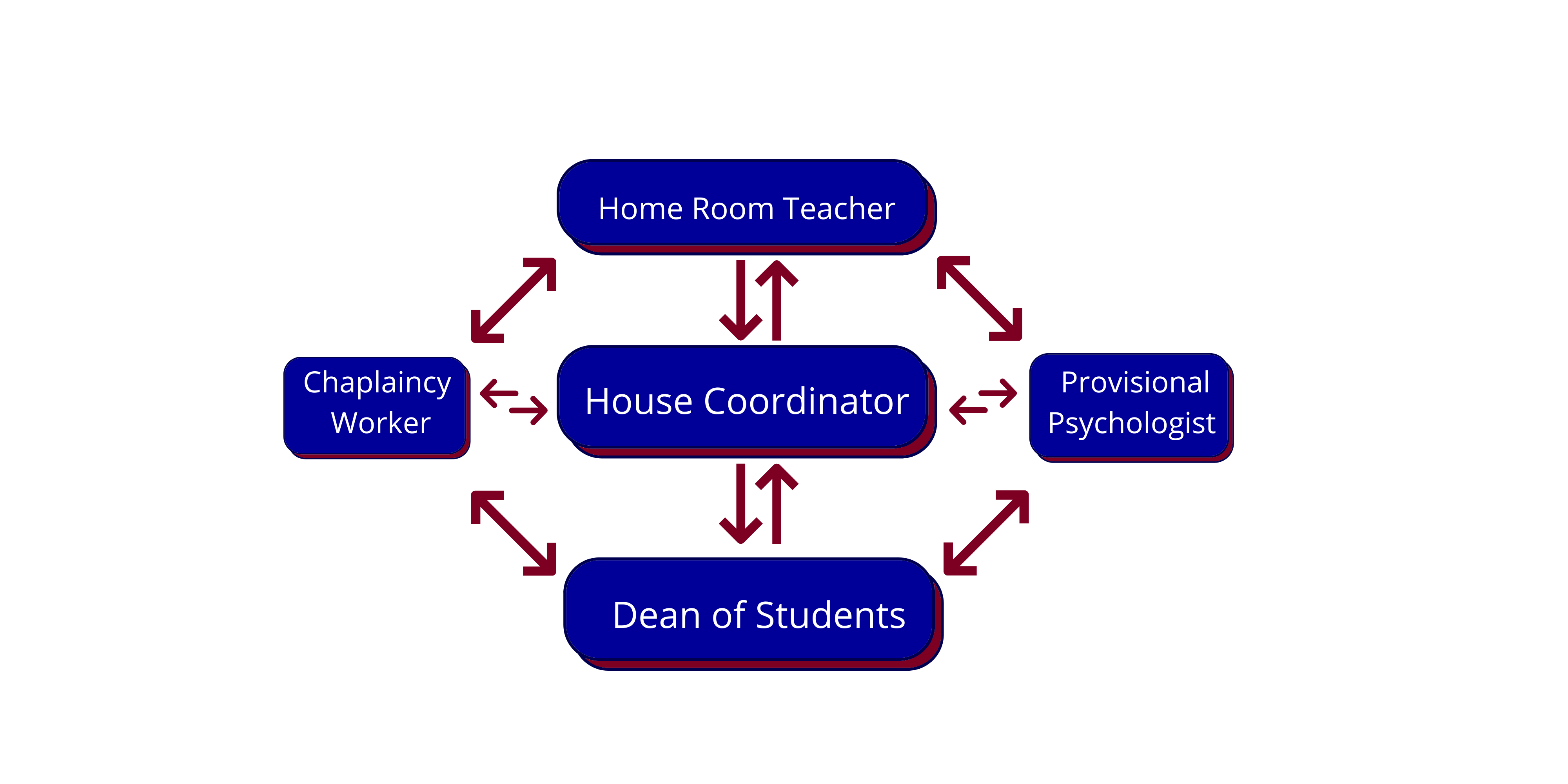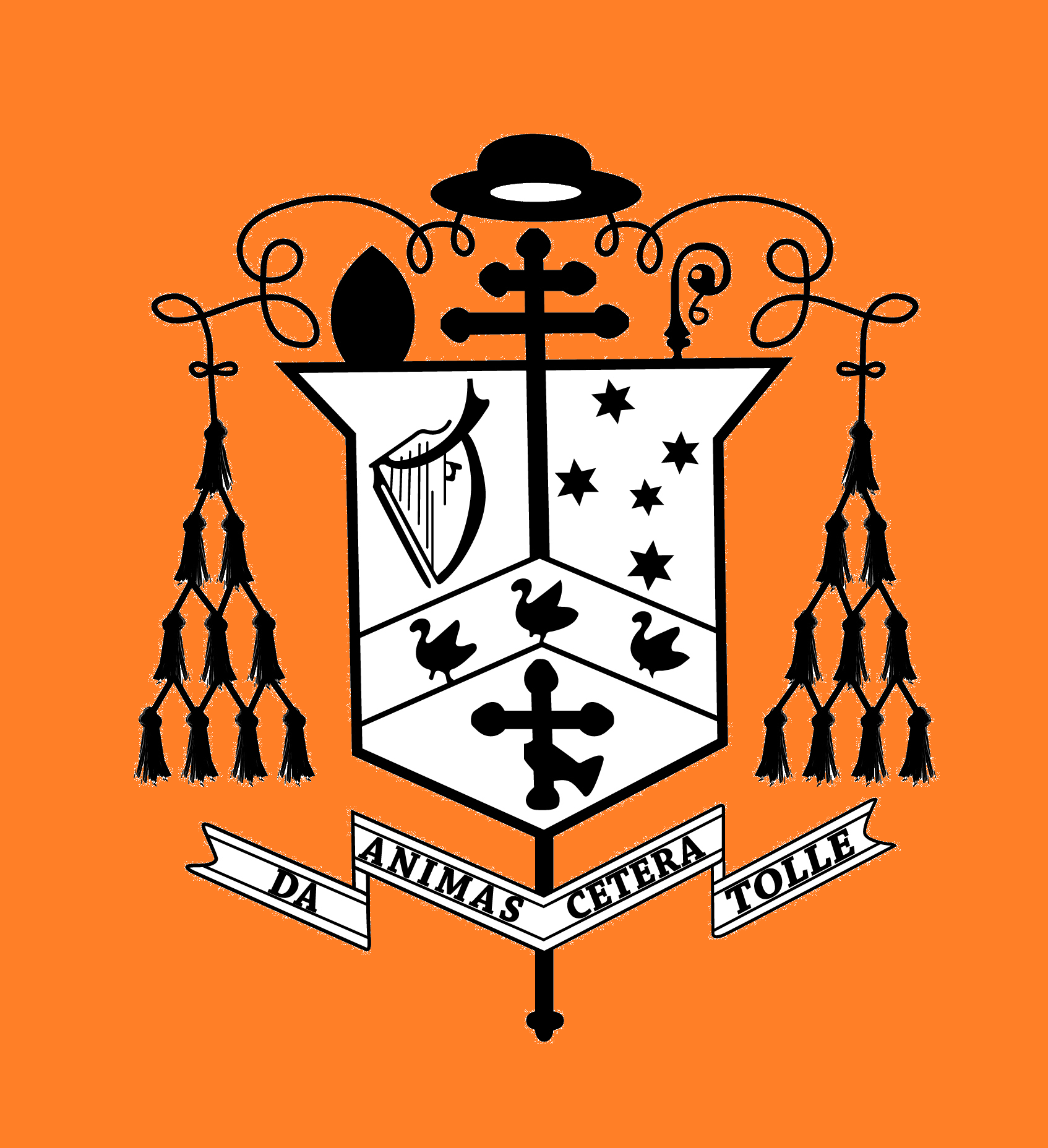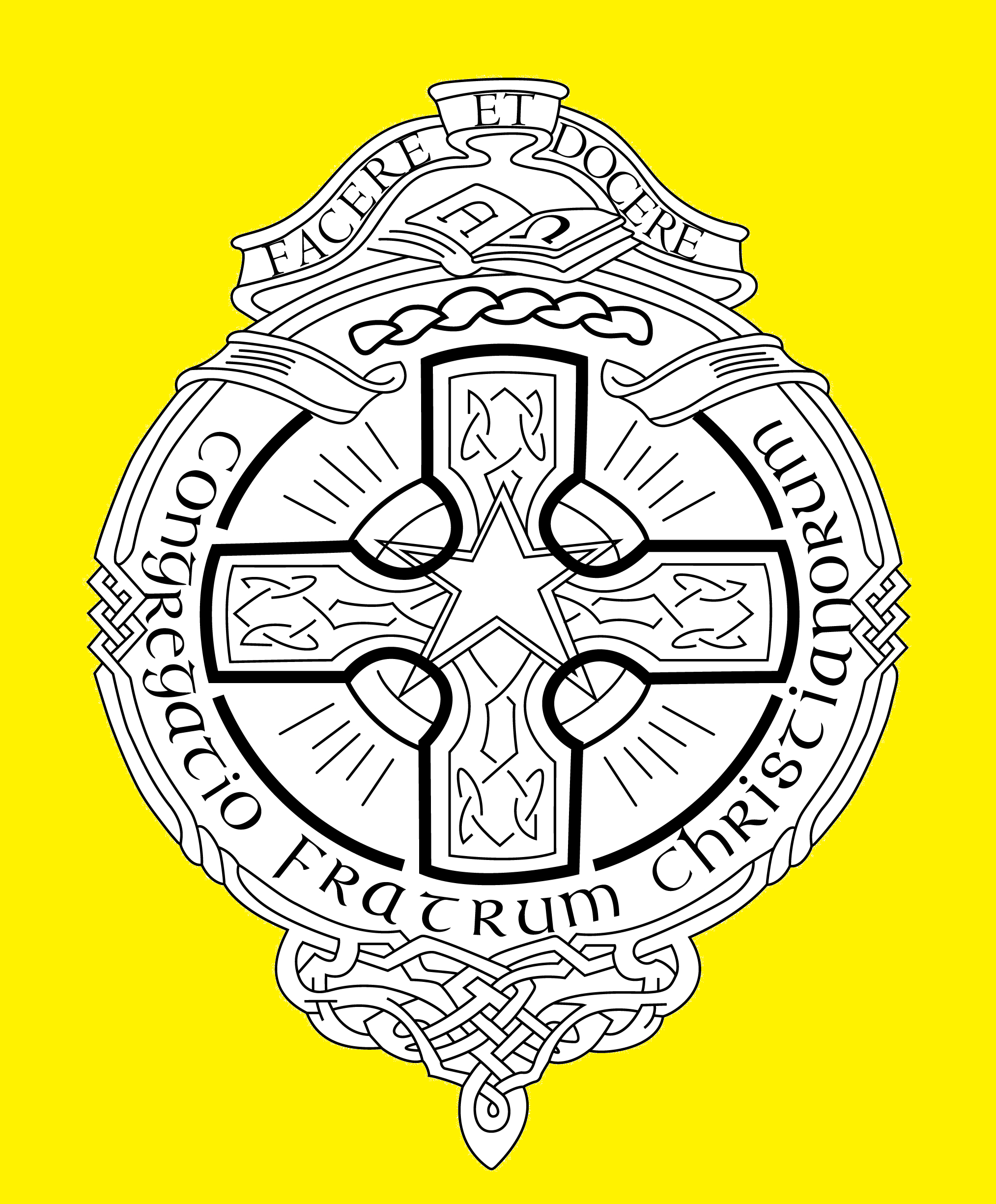Pastoral Care
Pastoral care is embedded in all aspects of life at John Paul College and is an integral factor in all academic studies. The wellbeing of all students is very important and pastoral care is central to the development and progress of our students. John Paul College is a Catholic College - all values are based on the Gospels and are recognised in our College motto of “Justice, Peace and Charity”. We strive for all students to grow both spirituality and emotionally in their social development in order for them to become more resilient, independent and confident students.
First and foremost is the House system; each student is allocated to a House and a Home Room. The Home Room teacher is the member of staff that the student will get to know in a more pastoral way, and students will be able to discuss any issues with their Home Room teacher.
The House Coordinator is in charge of the House and will work with the Home Room teacher with any concerns that students and parents may have.
John Paul College also offers the support of a Provisional Psychologist, Ms Rachel Silvini and a Chaplaincy worker, Mrs Carla van Heerden. Students can be referred to both of these services.
The Dean of Students is the staff member in charge of pastoral care. The House Coordinators, College Provisional Psychologist and Chaplaincy worker meet with Dean of Staff on a regular basis to ensure all students are coping with their academic studies and their social situation.
Pastoral Care is the shared responsibility of all stakeholders - parents, staff and students. Building relationships firstly within the Home Room, develops a sense of community, helps with resilience and a sense of belonging. When students feel they belong, they embrace life at high school with more confidence.

House System











